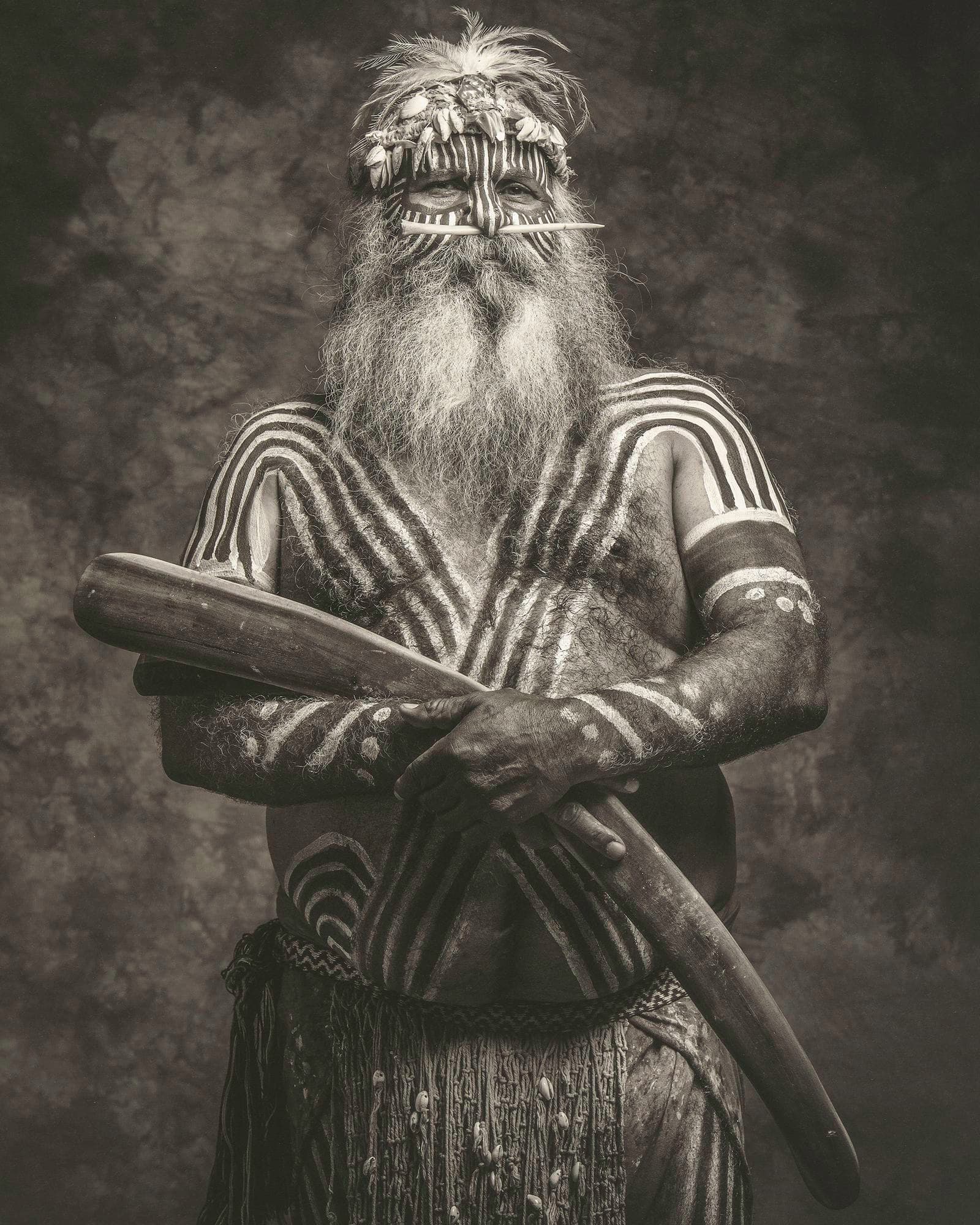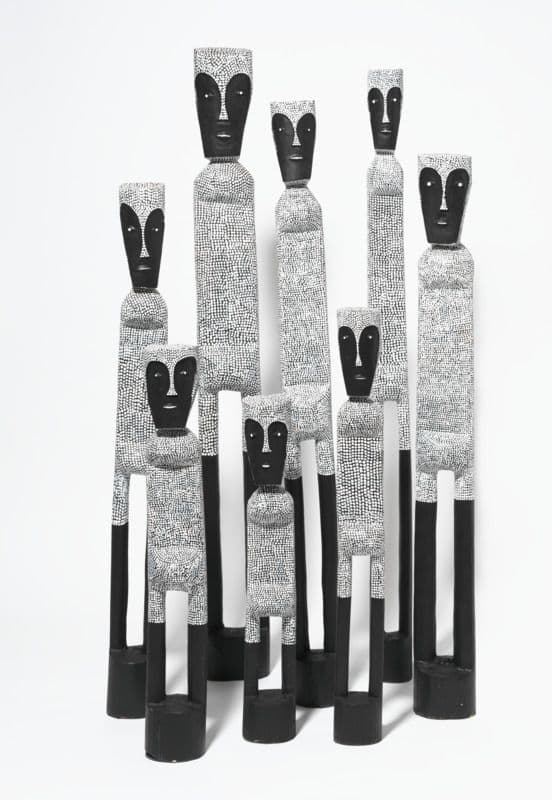Body Language
Learning Resource

Damien Shen, Ngarrindjeri people, Ventral aspect of a male #2, 2014
Body Language reveals the central role language plays in expressing cultural identity in Aboriginal and Torres Strait Islander art. Through making their own works of art, engaging in discussion and research-based activities, students will hone their skills in creative and critical thinking, analysis, interpretation and investigation.
NOTES FOR TEACHERS
Body Language supports the ambition set out in the Australian Curriculum Aboriginal and Torres Strait Islander histories and cultures cross curriculum priority that all students engage in reconciliation, respect and recognition of the world’s oldest living culture, that of our first nations people.
Teachers and students are encouraged to make use of the making and responding activities, learning resource slide set and artist activity sheets to support their engagement with Body Language, the inaugural NGA Learning Gallery exhibition and touring exhibition.
Through making their own works of art and engaging in discussion and research-based activities students will hone their skills in creative and critical thinking, analysis, interpretation and investigation.
Activities are flexible and can be adapted to a range of year levels and learning areas.
The structure of making and responding draws upon the Australian Curriculum Visual Arts learning area, however, this exhibition is also well suited to English and Humanities and Social Sciences.
Pre Visit Activities
- Use the Visible Thinking Routine ‘Generate, Sort, Connect, Elaborate’ to map students’ prior knowledge related to the concept of ‘body language’. You may like to begin with words and elaborate by adding images.
- Discuss the United Nations International Year of Indigenous Languages. You may like to read AIATSIS’ article on Indigenous Australian Languages together and gather information about why this is an important focus and the state of Indigenous languages in Australia today. You may also introduce The AIATSIS Map of Indigenous Australia and investigate the language, tribal or nation groups of places the students have lived or visited.
Resources

Jeremiah Bonson (Jinang/Marung peoples), Warrah Bun Bun, 2010, purchased 2010 © Jeremiah Bonson, licenced by Elcho Island Arts
Body Language Learning Resource (ppt 7mb)
Overview
Curriculum Connections
Cross-curriculum priority: Aboriginal and Torres Strait Islander Histories and Cultures
Learning area: Visual Arts, but also has relevance for English and Humanities and Social Sciences.
Themes
Identity, Ceremony, Language, Reconciliation, First Nations
Level Details
Activities are flexible and can be adapted to a range of year levels and learning areas.








